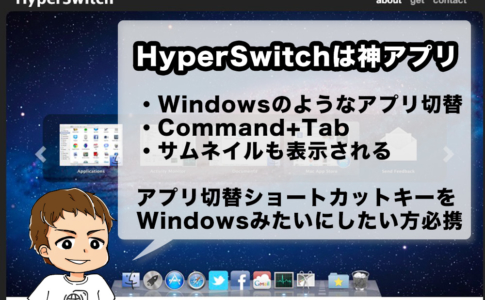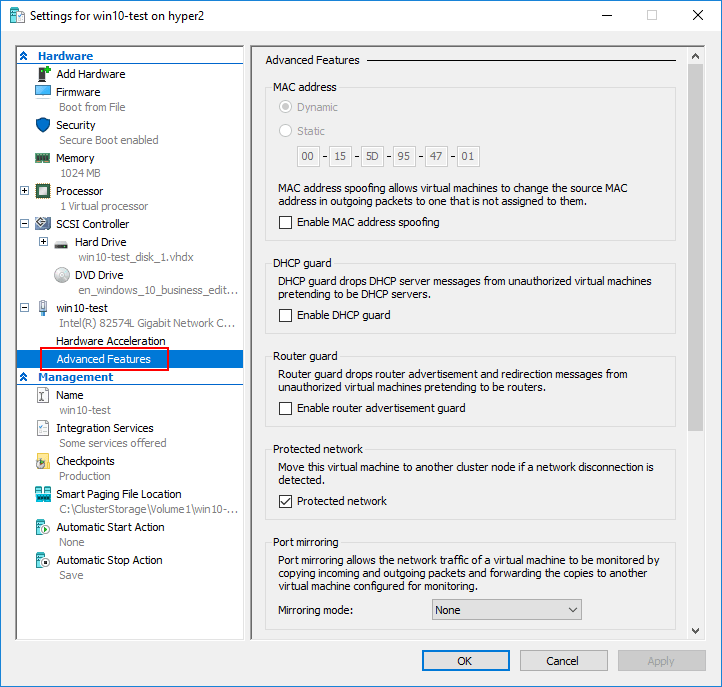

Mac hyperswitch android#
The rest of us will need to go through a QR-code and Bluetooth-driven transfer process to get our credentials working across Windows and Android or Android and Linux, or any other cross-OS-vendor combination. If you exclusively use Apple devices, everything will sync, and you won't notice a difference. That means if I add a passkey to Chrome on Windows, that passkey goes into the OS vendor's passkey store-Microsoft's-and will only sync with other Microsoft operating systems.

To quote the FIDO Alliance page, passkeys are "synced to all the user’s other devices running the same OS platform".
Mac hyperswitch password#
Today if I add a password to Chrome on Windows, that password will instantly be available everywhere I have Chrome installed, like an Android phone, a MacBook, an iPhone, a Chromebook, etc., but passkeys don't work like that. The second issue does not seem like it's going to be fixed any time soon, and that's that passkeys sync via your operating system ecosystem, not via a browser, which represents a major regression over the way passwords work. It would be terrible to be unable to access your passkey Google account on Chrome OS, which presumably would lock you out until you switch back to a password.

The official v site has a helpful page that tracks platform-by-platform readiness, and there's still a long way to go. First, some platforms (Windows/Linux/Chrome OS) are not as far along as others (macOS/iOS/Android). Passkeys still aren’t ready for prime timeĮven with Google going all-in on passkeys, that doesn't mean they're ready for widespread adoption. Google's passwordless support is headed for consumer devices right now, while business Google Workspace accounts will "soon" have the option to enable passkeys for end users.

Google's demo of how this will work on a phone looks great-the usual box asks for your Google username, then instead of a password, it asks for a fingerprint, which unlocks the passkey system, and you're logged in. Passkeys have your operating system directly swap public-private keypairs-the " WebAuthn" standard-with a website, and that's how you get authenticated. Since few of us physically type in our passwords, passkeys remove the password box. While you used to type a remembered word into a password field, today, the right way to use a password is to have a password manager paste a random string of characters into the password box. Password entry began as a simple text box for humans, and those text boxes slowly had automation and complication bolted onto them as the desire for higher security arrived. Now it's possible to use a Google account with a passkey instead of a password.Ī passkey, if you haven't heard of the new authentication method, is a new way to log in to apps and websites and may someday replace a password.
Mac hyperswitch verification#
They’ll be an additional option that people can use to sign in, alongside passwords, 2-Step Verification (2SV), etc." Previously, you've been able to use a passkey with a Google account as part of two-factor authentication, but that was always in addition to a password. In the blog post, titled " The beginning of the end of the password," Google says: "We’ve begun rolling out support for passkeys across Google Accounts on all major platforms. Google is taking a big step toward our supposedly passwordless future by enabling passkey-only Google accounts.


 0 kommentar(er)
0 kommentar(er)
